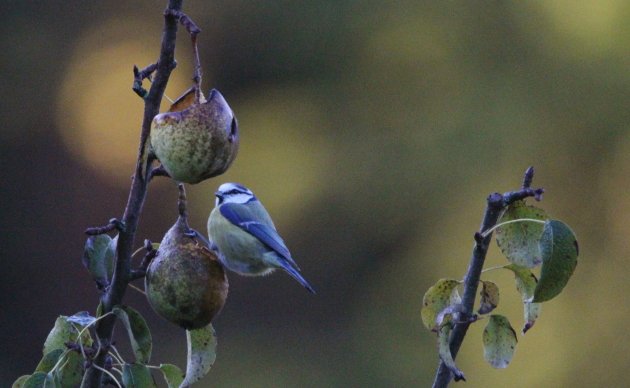
Some of my readers may recall that my wife and I went to Spain a few months ago. That was a work trip, although I still managed to find a few mornings to bird. This month we were able to go to Europe again, for our first real vacation in a few years. So you can bet some more birding was in order.
An October trip meant many European birds had already flown south for the winter. That wasn’t an entirely bad thing. The bewildering variety of Old World Warblers with light supercilia (brows) is now pretty much whittled down to the Common Chiffchaff, which I saw twice. And four out of my five sightings of European Finches were of the similarly-named Common Chaffinch. If I saw a large raptor, it was a Common Buzzard; unless its very long wings and notched tail revealed a Red Kite. Smaller raptors were either European Sparrowhawks (true hawks) or Eurasian Kestrels (falcons).
One of the groups that doesn’t seem to become any less common in fall is the Tits, known in North America as Chickadees and their relatives. Pretty much anywhere I went, chances were good I would see the adorable Great Tits, Eurasian Blue Tits, and their more distant relatives, the Long-tailed Tits. But this trip I also learned about the identification challenges presented by those Chickadee-lookalikes, the Coal Tits, Willow Tits, and Marsh Tits. I saw all three… I think!
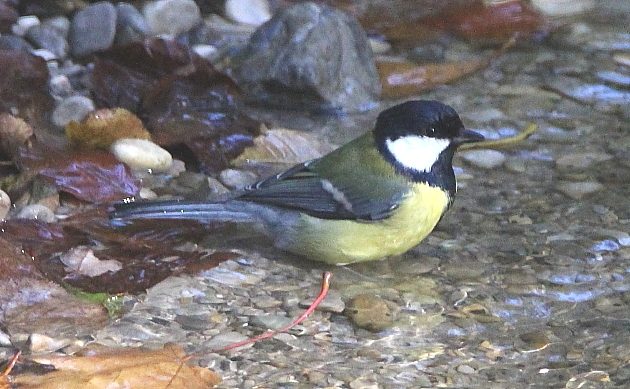 The Great Tit.
The Great Tit.
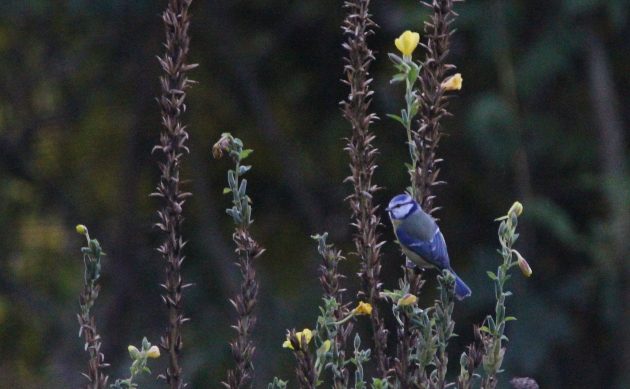 The beautiful Eurasian Blue Tit.
The beautiful Eurasian Blue Tit.
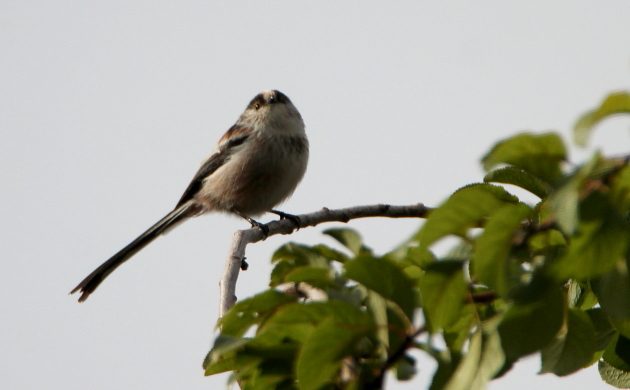 The Long-tailed Tit.
The Long-tailed Tit.
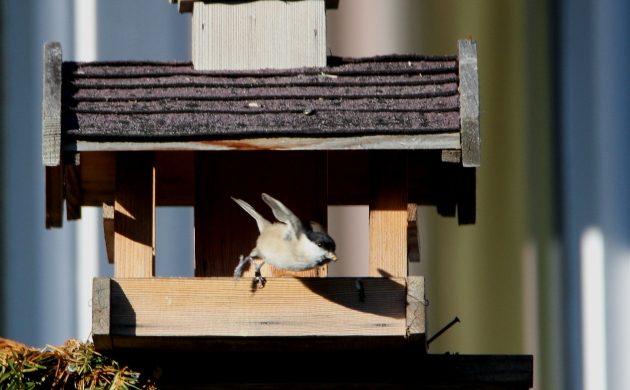 And a Willow Tit… I think.
And a Willow Tit… I think.
We stayed with friends in the tiny French town of Cessy, and there I saw my second European woodpecker species, the handsome Great Spotted Woodpecker. My second encounter with this bird, in Vienna, turned out to be a bit more dramatic!
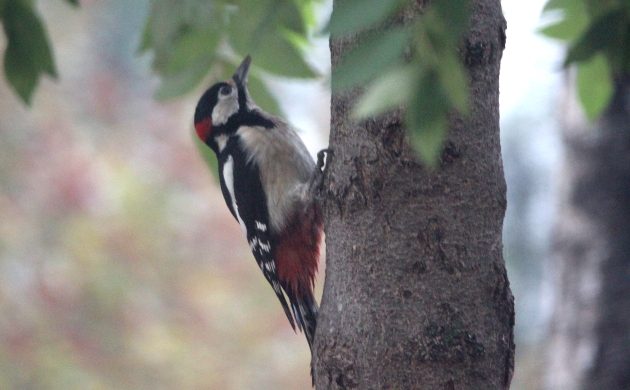
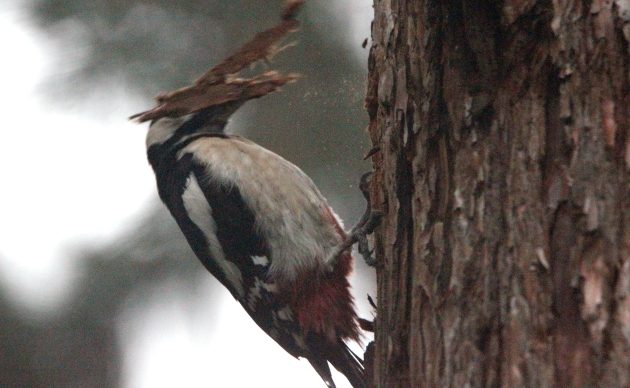
The European Robin, now considered an Old World flycatcher rather than a thrush, also stays the winter in much of Western Europe. One sang very insistently outside our lodgings in Interlaken, Switzerland. The same location gave me my very first sighting of the Spotted, or Eurasian, Nutcracker. How nice of it to be carrying a nut!
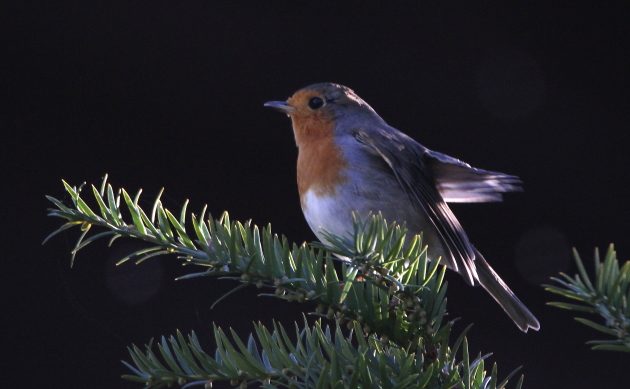
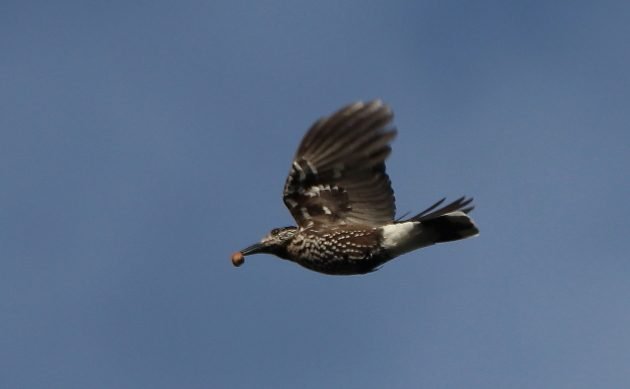
But our most common October company, as we travelled from Paris to Switzerland, Bavaria, and Austria, was the Carrion Crow. Its Corvid relatives the Rooks, and the handsome Hooded Crows, didn’t turn up until we reached Vienna. But the smaller Carrion Crows, very similar to our American Crow, seemed to be everywhere.
We saw so many of these birds that our son, who travelled with us accompanied by his wife, was inspired to make up a story:
A man attempts to board a plane, with a live crow on his shoulder. The stewardess tells him, “I’m sorry, sir, but your pet will have to go below with the luggage, in a pet cage.” To which the man replies, “No he won’t! He’s a Carri-on Crow.”
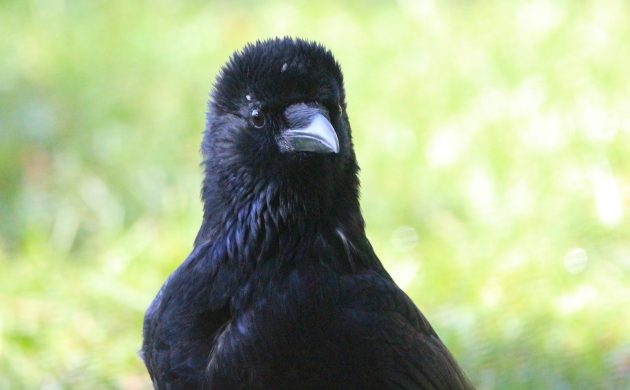











Leave a Comment